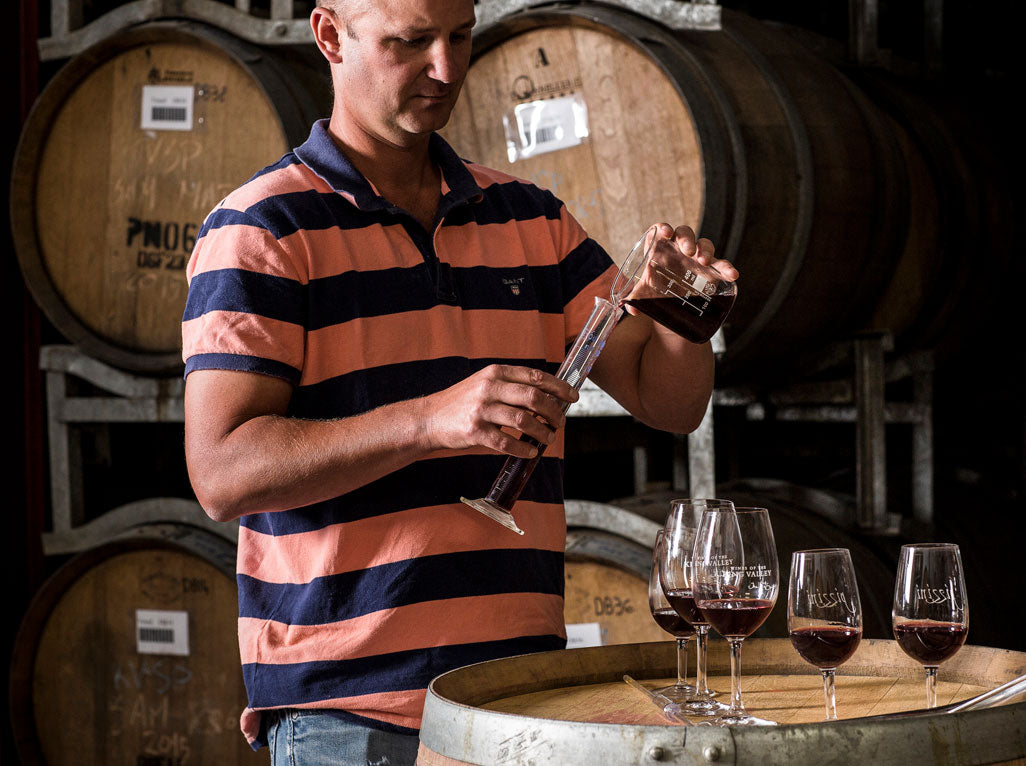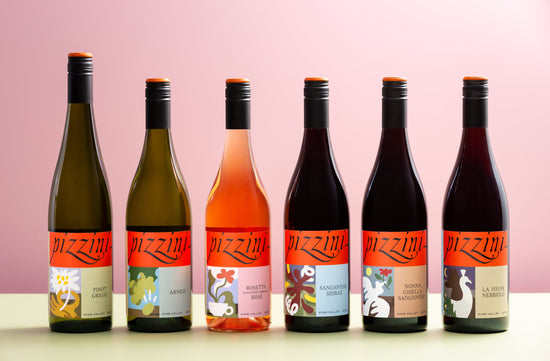Savouriness, difficult to put into words, it is in the same family as earthiness and umami, one of those fleeting things that you recognise as you taste it and a trade that I am always looking to emphasise in our Sangioveses.
One of the reasons we decided to classify our Sangioveses into five different wines was to give ourselves the opportunity to make the wines our vineyards were giving us; to make the most of their natural characteristics and inherent variations from patch to patch, rather than pre-determining the wine styles we wanted and trying to coax them along once we had them in the winery.
To help me identify the parcels with the savoury notes I love, I cast back to our Nonna’s slow-cooked Bolognese while tasting, looking for flavours and aromas that resonate with the earthy, rich, herbal elements of that sauce, that only she seemed to get exactly right.
So, I was pleased to discover that we may have a natural advantage when it comes to making savoury, earthy wines and it’s thanks to the lava that erupted out of a volcano at Tolmie, less than 40 kilometres away, millions of years ago. Lava, the associated igneous rock and other volcanic matter form the basis for the east-facing slopes in our vineyards, a geological profile that continues up past Cheshunt, and according to Mark Walpole (viticulturist extraordinaire and long-time friend and collaborator of Pizzini), is unique in Victorian viticulture.
Each volcano is different, and the make- up of volcanic soils varies according to a range of other factors, but the high levels of iron, silicon and magnesium in our soil are one of the markers. Internationally, the wines of Etna, Veneto, Alsace, Santorini, Oregon and others are now being understood and appreciated through the prism of their volcanic soils. Savouriness is one of the main characteristics the experts agree unite wines from volcanic origins around the globe.
A few years ago, I contacted Chilean terroir consultant Dr Pedro Parra. It took two years for him to find a window in his globe-trotting schedule for a visit
to Pizzini and it was worth the wait; although I’ll admit I wasn’t thinking that as I followed his instructions and dug 25 two metre deep pits throughout our vineyards, in preparation for his arrival last December.
This is where Pedro’s work differs from most vineyard analysis. He is interested
in what lies beneath. “The topsoil is unimportant; it’s the rocks and stones that count. Without them there is no terroir.” (Pedro Parra: Breaking New Ground, decanter.com).
The Tolmie volcano has ensured we have some unique rocks and stones in our vineyards. It will be another year or two of work with Pedro before they are fully mapped and analysed, but in the meantime, who doesn’t enjoy talking about volcanos?
Joel Pizzini





